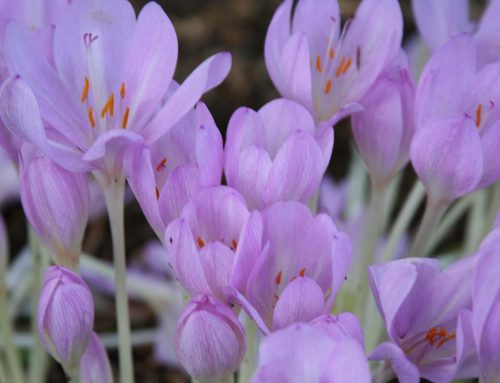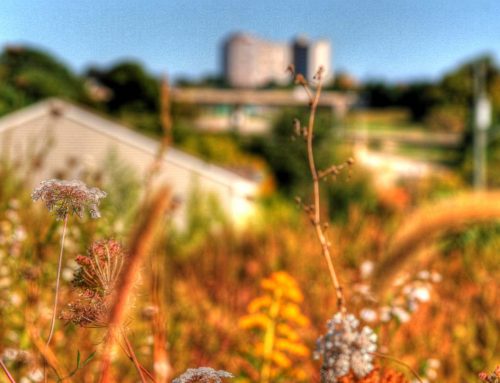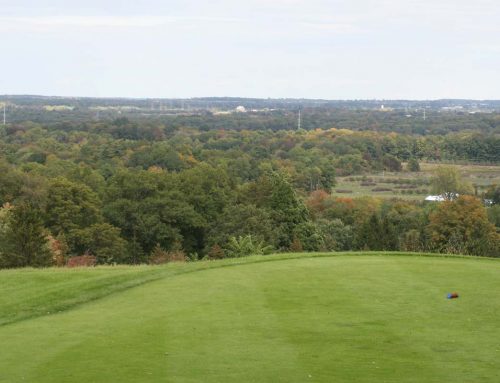[button_link style=”green large” url=”https://www.livinginniagarareport.com/wp-content/uploads/Living-In-Niagara-report-2011-The-Environment-in-Niagara.pdf”]Click here to download a PDF of the summary version of this sector.[/button_link]
Our region’s iconic natural assets contribute to citizens’ enjoyment of their surroundings, as well as to Niagara’s economic, recreation, agriculture and tourism potential. Geography influences where and how we work, learn, live, travel and play. The quality of our air, water, land, wetlands and ecosystems supports life for both local residents and those beyond our boundaries. Governments and citizens share responsibility for planning and acting to protect the environment in Niagara, for everyone’s health, and for sustainability. What happens on land, affects water; what happens in the air, affects the water and the land – it is all connected.
What we are doing well…
Niagara is bounded by Lake Erie, Lake Ontario and the Niagara River with its famous Niagara Falls. The Niagara environment and unique microclimate provides great beauty, access to an abundance of fresh water, and rich agricultural land for tender fruits, vegetables, field crops, vineyards, wineries, nursery crops and greenhouses, as well as farms raising livestock and poultry. The Welland Canal provides for shipping, tourism and recreation along its banks. Niagara has a world class rowing course in Port Dalhousie as well as rowing venues along the old ship canal in Welland. The Niagara Escarpment and the Bruce Trail run through Niagara. Monitoring agencies are reporting and tracking air and water quality. In 1990, the United Nations Educational, Scientific and Cultural Organization (UNESCO) named the Niagara Escarpment a World Biosphere Reserve. The designation recognizes the natural features and ecological importance of the escarpment and endorses the Niagara Escarpment Plan (1973) that is Canada’s first large-scale environmental land use plan. It balances protection, conservation and sustainable development to ensure the escarpment will remain a natural environment for future generations. Both the Escarpment Plan and the Ontario Greenbelt Plan (2005) identify areas not suitable for urban growth. A majority of Niagara’s land base is classified Prime Agricultural.
By working together, we can improve the environment in Niagara
While there is cause for celebration that Niagara is an area with much natural beauty, there is also cause for concern to protect our air, lands and water and to balance protection of agricultural lands with appropriate development. While Niagara has increased its recycling and composting programs, a large percentage of waste is still being diverted to landfill sites. Costs of treating waste water and diverting waste to landfill sites are significant. Niagara reports a higher than average sewage bypass treatment. Of concern are pollution of our Great Lakes and Niagara River, as well as beach postings when E.coli is high. We could improve the monitoring of industrial and residential waste that goes into the water shared by the US and Canada. Reducing Green House Gas Emissions (GHGE) involves complex strategies for change, including the challenge of increasing the public transit system in Niagara to help reduce auto use. Southern Ontario is one of the smoggiest regions and highest ground-ozone level areas in Canada. Factories in the United States and Canada release pollutants into the air that affect Niagara. We are challenged to make Niagara more environmentally friendly, and adopt sustainable economic plans, with environmental health in mind.
Emerging Activity
- The Niagara Peninsula Conservation Authority (NPCA) conducted a Niagara Areas Inventory (NAI), a project to inventory, describe and sample the soils, water, birds, and animals in detail for areas across Niagara.
- The Niagara Agricultural Impact Study (updated 2010) highlights the growing economic and tourism impact of Niagara agriculture and its increasing importance to the province as a source of fresh local food. The study cites concerns around the rising average age of farmers, and farmers’ rising cost to revenue ratio.
Suggested Action Steps
that emerged from the data, and discussions with community expert opinion leaders:
- Create a publicly-released environmental report card with measures that are linked to established targets for change.
- Support a sustainable Niagara, and take into account the environment in cross-sectoral decisions.
- Coordinate and stimulate environmental research with academic and community partners.
- Create a plan and action steps to increase recycling rates, decrease water use and reduce sewer bypass rates.
- Maintain the environmental assets inventory and adopt a plan to protect these assets.
- Support sustainable expansion of agri-tourism, value-added agriculture and agri-food innovation in Niagara.
[call_to_action title=”Expert Opinion Leader Rating” tag_line=”Between a little progress being made and a lot of progress being made.” button=”3a—3b” link=”JavaScript:alert(‘Between a little progress being made and a lot of progress being made.’);”]








